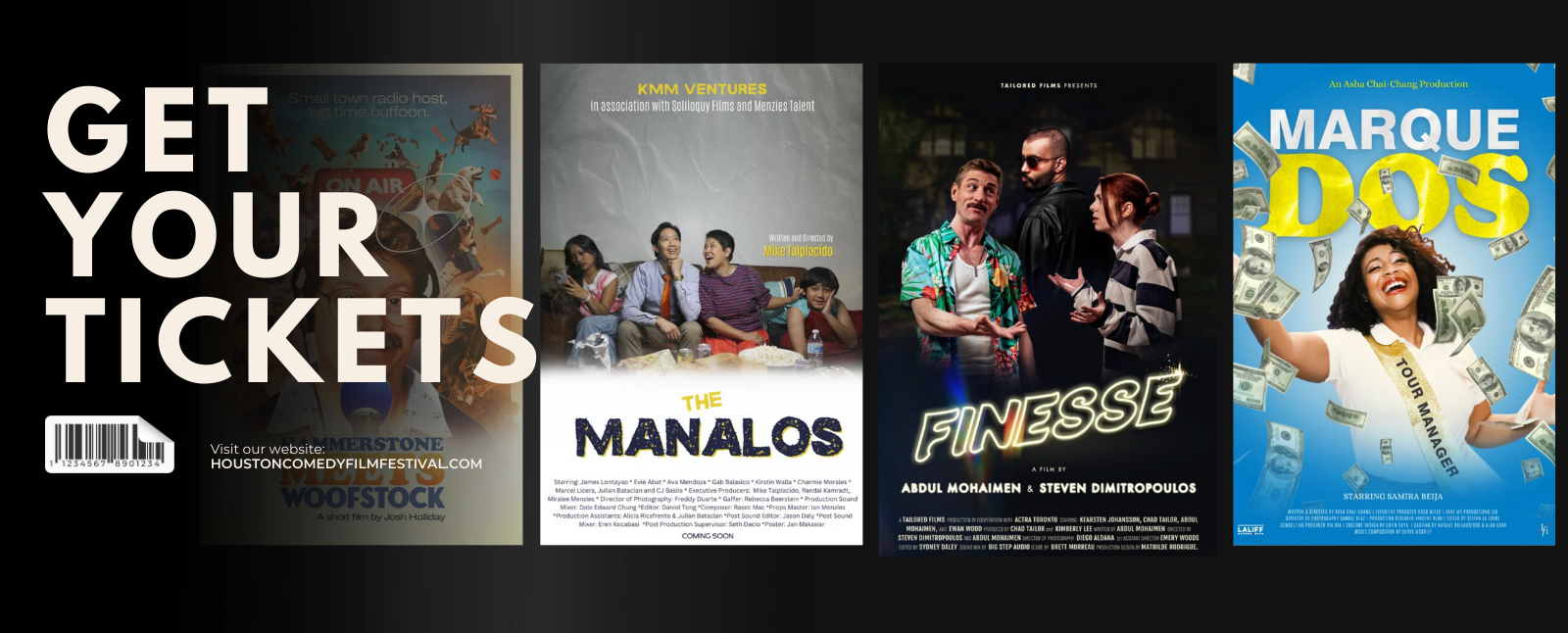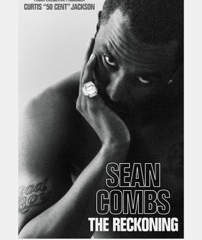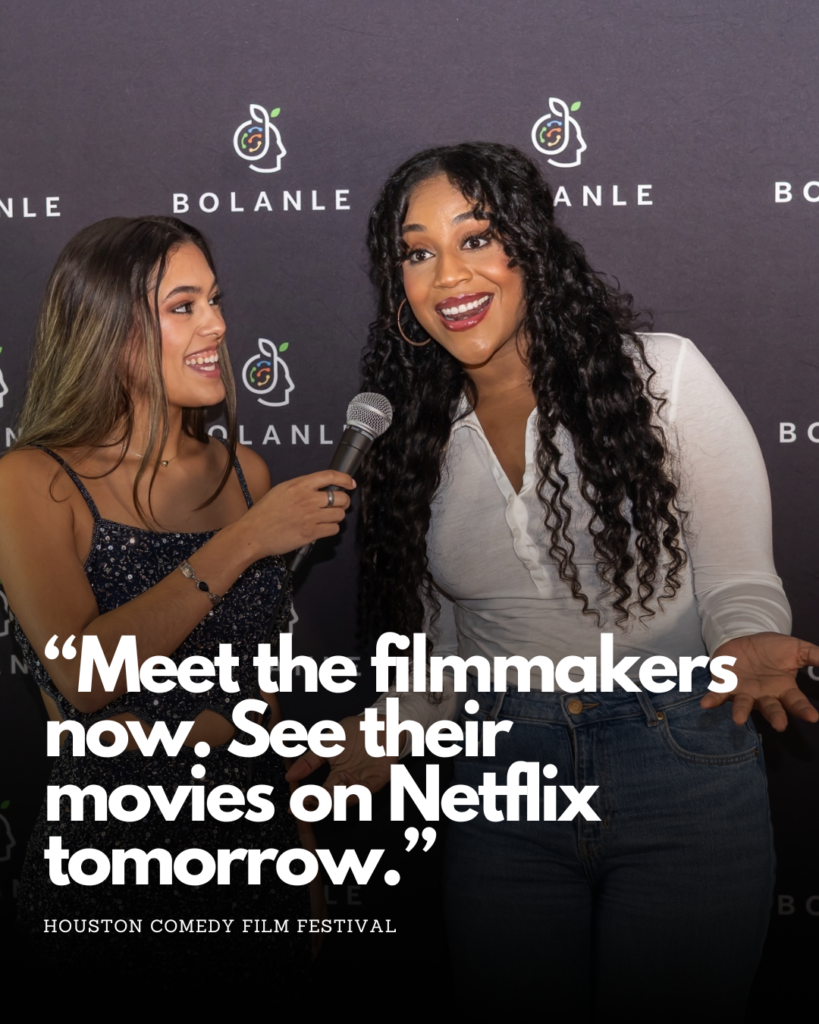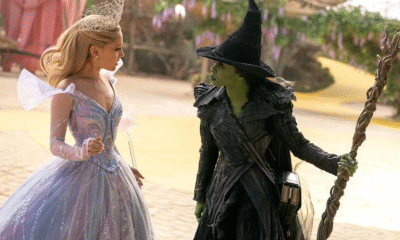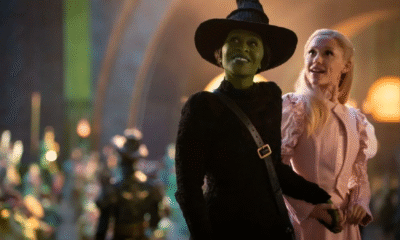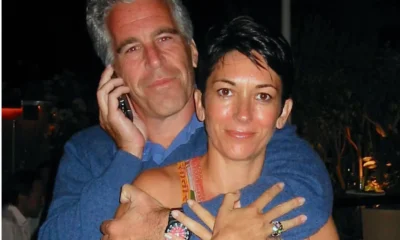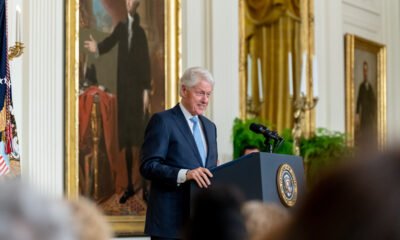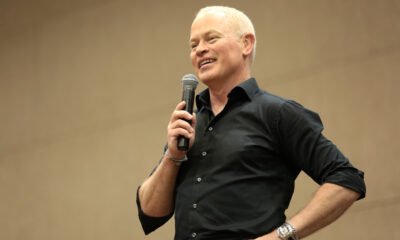Entertainment
Filmmaking Insights from the Creators of the Comedy Short Finesse
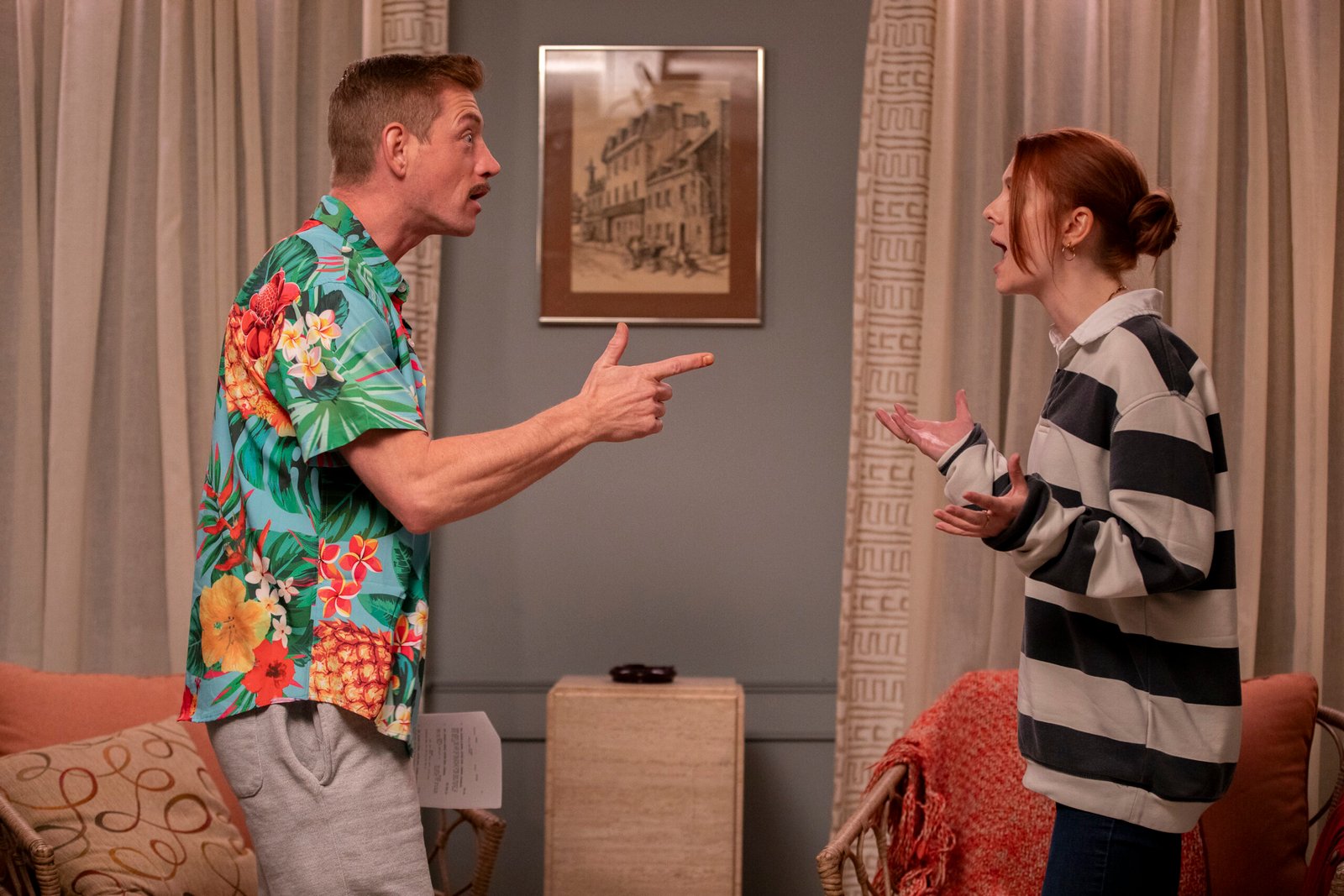
The independent short film Finesse stars a close-knit creative team—Abdul, Chad, and Steven—who recently sat down for an insightful conversation with Roselyn Omaka, the director of the Houston Comedy Film Festival. In this engaging interview, the filmmakers discussed their journey, the collaborative spirit behind their project, and shared practical advice for aspiring filmmakers.
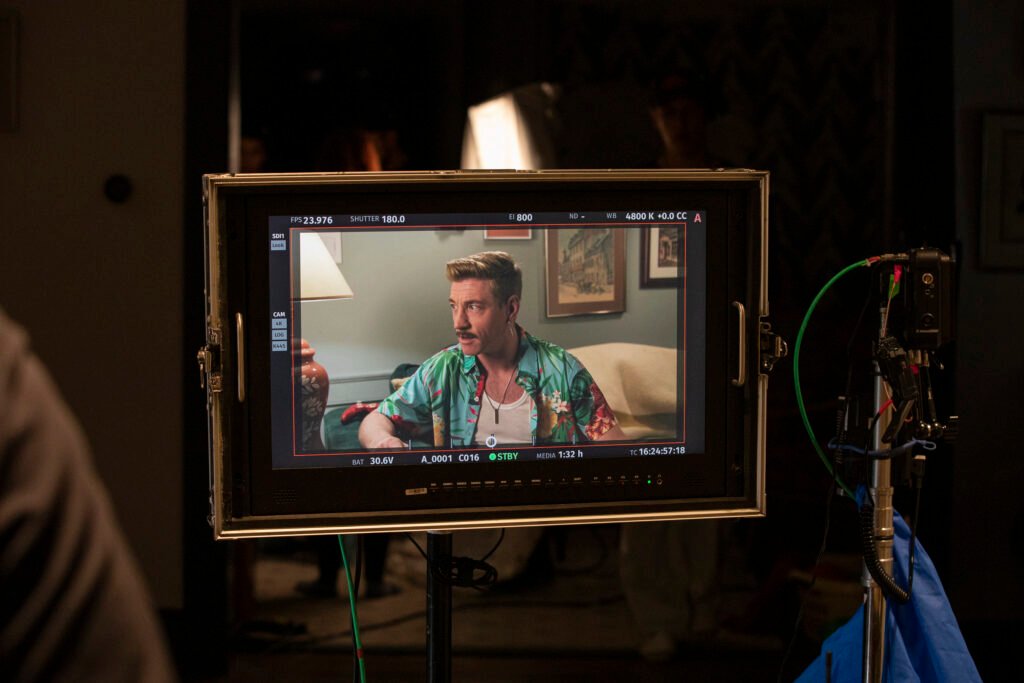
Turning a Feature Script into a Short Film
Abdul, the creator of Finesse, began with a feature-length script but chose to rework it into a short film as a proof of concept. This strategic approach allowed the team to showcase the story’s humor, style, and potential in a manageable format.
Abdul explained, “I wanted to write a feature film that I could direct, like a very low-budget feature that’d be easy for production companies to do… to give it like an extra step forward, we made a short film out of it.”
This enabled them to present a compelling demonstration of their project’s potential aimed at attracting production companies and investors.
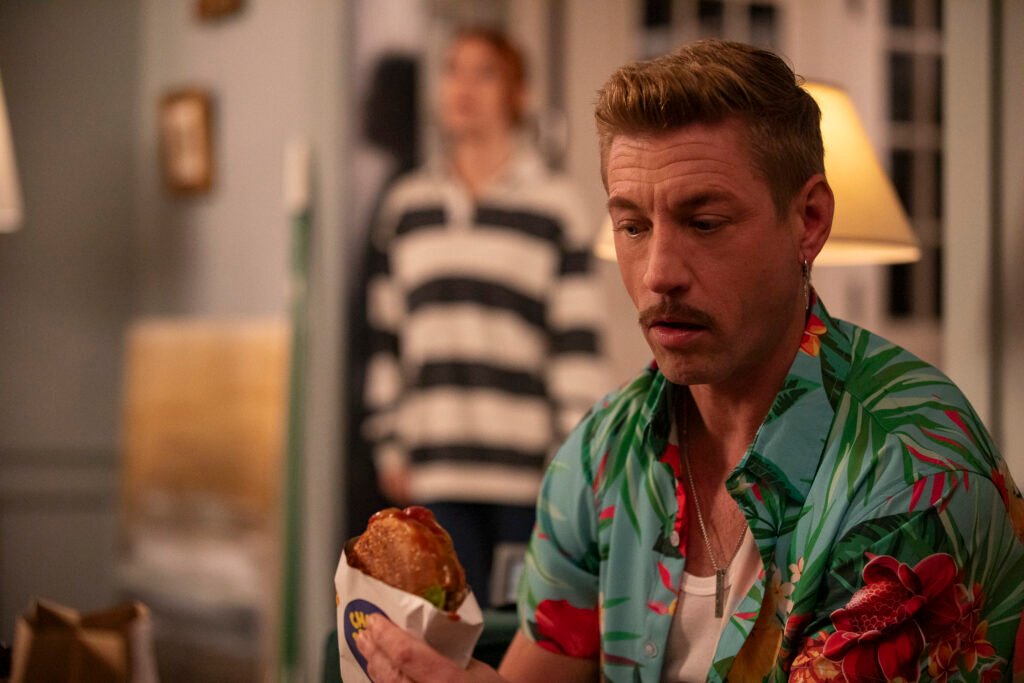
The Power of Team Chemistry and Improvisation
Chad, who plays Danny, highlighted the strong chemistry among the cast, which made filming enjoyable and authentic. Many jokes emerged spontaneously on set through improvisation, creating genuine comedic moments. Chad noted, “They really allowed me just to improvise on the day… a lot of those jokes were just things we came up with like on the day.” His longtime friendship with fellow cast members, such as Kearsten, helped foster natural interactions that translated well on screen, giving the film a genuine familial feel.
Tackling Challenges with Creative Solutions
Despite a smooth production, the team faced challenges. With only two days to shoot an extensive shot list in an older house, timing and logistics were difficult. Chad described the challenge of working with a child actor within the limited schedule: “I was trying to get to know him… Just trying to be like a big brother to him to get that chemistry going.” He emphasized the importance of bonding off-camera to foster natural performances.
Another unforgettable challenge involved the fragile porcelain egg prop, guarded vigilantly by the production designer to prevent damage—a humorous reminder of the care necessary when working with precious elements on set.
Technical Adaptations and Sound Management
Though all interior scenes were shot during the day, the cinematographer created convincing nighttime aesthetics by blocking out windows. The team creatively addressed creaky floorboards and other sound challenges, exemplifying their flexibility and resourcefulness in managing production quality.
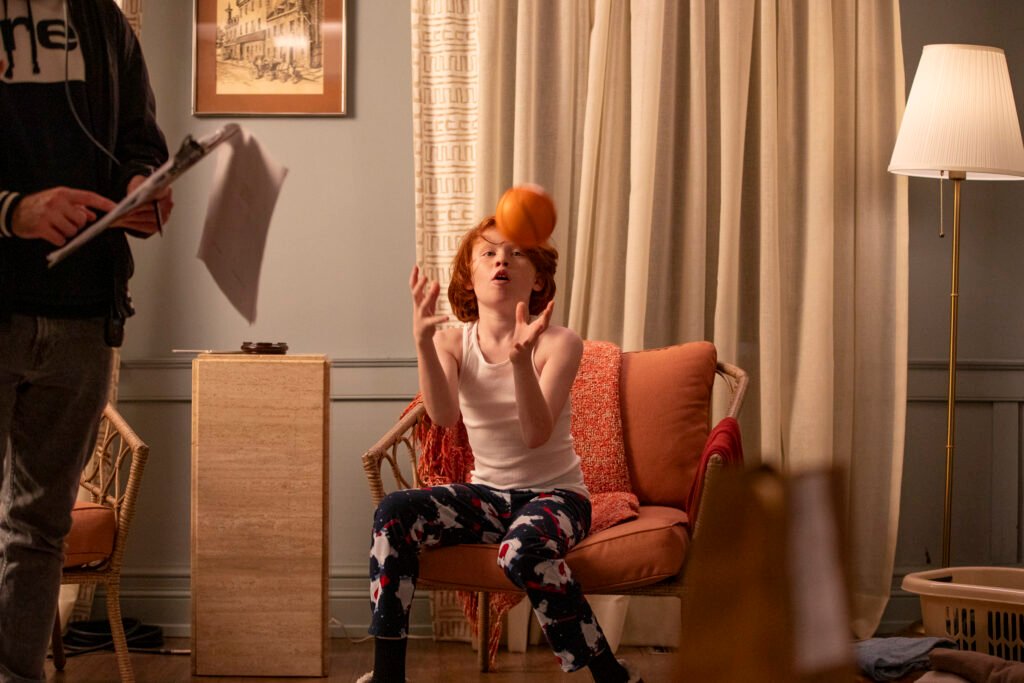
Collaborative Directing with Effective Communication
Steven, co-director, shared how working on a film he hadn’t written presented initial challenges that were eased by Abdul’s clear vision: “He was very clear as to how he wanted this film to be pulled off.” The directors relied on honest, continuous communication. Abdul recounted a key moment facilitating complex shots: “I was behind the cinematographer tapping his shoulder every time the dialogue ended… It was like an improv on the moment that really saved the film.” The collaboration fostered confidence among cast and crew alike.
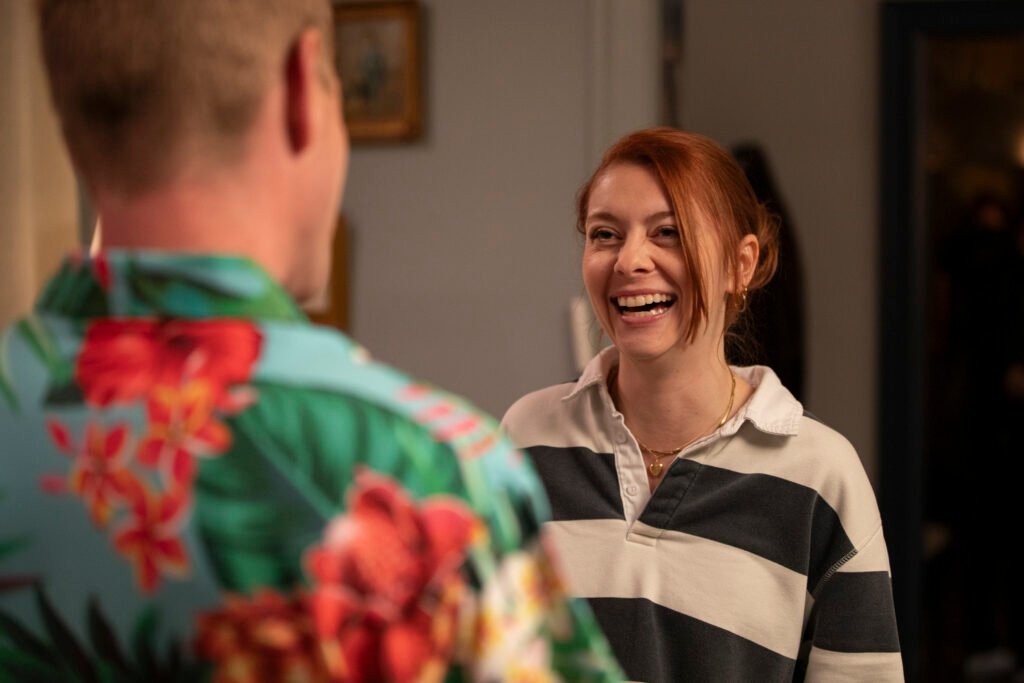
Filmmaking Advice from the Team
The Finesse team offered practical and inspiring advice for filmmakers. Steven summarized: “Just make the film. A lot of people will write scripts but won’t do anything with them.” Abdul encouraged embracing imperfection: “Don’t be afraid to make mistakes… sometimes it takes a team to figure things out.” He also stressed the emotional core of filmmaking: “Have fun with it. If you’re not having fun, the quality of your movie is not going to be good.” He urged creators to
“make the movie that you want to see, that you want to go to the theater and see.”
Building a Lasting Legacy and Attracting Investors
A key goal for Abdul and his team is to earn the trust of investors to finance their feature projects. Abdul shared his ambition: “I want to make feature films playing in theaters all across the world. I’m going to make my own short films until someone sees my filmography and trusts me to make a feature.” This path highlights the importance of tangible proof of concept, like Finesse, as a strategy for attracting investment and enabling larger-scale productions.
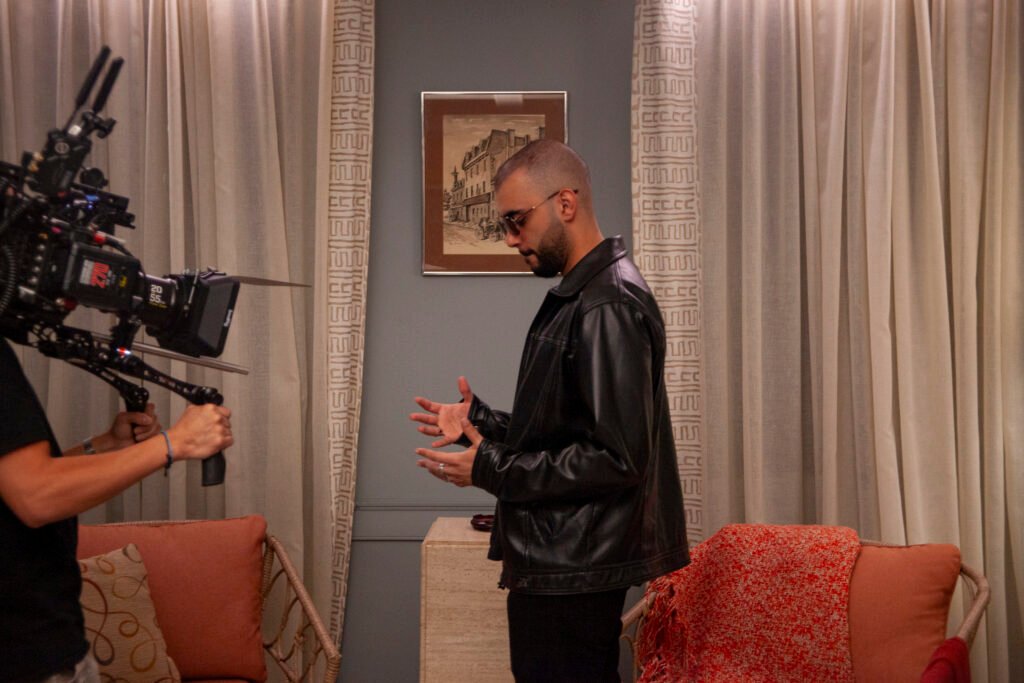
Conclusion
Through their candid conversation with Roselyn Omaka, director of the Houston Comedy Film Festival, the creative minds behind Finesse demonstrate how strong team chemistry, clear communication, detailed preparation, and passion combine to produce a professional, heartfelt independent film. Their journey and strategic approach provide valuable inspiration for filmmakers aiming not only to create art but also to secure funding and reach wider audiences.
Entertainment
What We Can Learn Inside 50 Cent’s Explosive Diddy Documentary: 5 Reasons You Should Watch
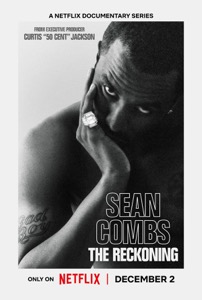
50 Cent’s new Netflix docuseries about Sean “Diddy” Combs is more than a headline-grabbing exposé; it is a meticulous breakdown of how power, celebrity, and silence can collide in the entertainment industry.
Across its episodes, the series traces Diddy’s rise, the allegations that followed him for years, and the shocking footage and testimonies now forcing a wider cultural reckoning.
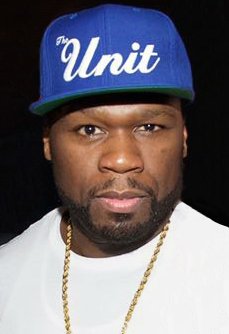
1. It Chronicles Diddy’s Rise and Fall – And How Power Warps Reality
The docuseries follows Combs from hitmaker and business icon to a figure facing serious criminal conviction and public disgrace, mapping out decades of influence, branding, and behind-the-scenes behavior. Watching that arc shows how money, fame, and industry relationships can shield someone from scrutiny and delay accountability, even as disturbing accusations accumulate.

2. Never-Before-Seen Footage Shows How Narratives Are Managed
Exclusive footage of Diddy in private settings and in the tense days around his legal troubles reveals how carefully celebrity narratives are shaped, even in crisis.
Viewers can learn to question polished statements and recognize that what looks spontaneous in public is often the result of strategy, damage control, and legal calculation.
3. Survivors’ Stories Highlight Patterns of Abuse and Silence
Interviews with alleged victims, former staff, and industry insiders describe patterns of control, fear, and emotional or physical harm that were long whispered about but rarely aired in this detail. Their stories underline how difficult it is to speak out against a powerful figure, teaching viewers why many survivors delay disclosure and why consistent patterns across multiple accounts matter.
4. 50 Cent’s Approach Shows Storytelling as a Tool for Accountability
As executive producer, 50 Cent uses his reputation and platform to push a project that leans into uncomfortable truths rather than protecting industry relationships. The series demonstrates how documentary storytelling can challenge established power structures, elevate marginalized voices, and pressure institutions to respond when traditional systems have failed.
5. The Cultural Backlash Reveals How Society Handles Celebrity Accountability
Reactions to the doc—ranging from people calling it necessary and brave to others dismissing it as a vendetta or smear campaign—expose how emotionally invested audiences can be in defending or condemning a famous figure. Watching that debate unfold helps viewers see how fandom, nostalgia, and bias influence who is believed, and why conversations about “cancel culture” often mask deeper questions about justice and who is considered too powerful to fall.
Entertainment
South Park’s Christmas Episode Delivers the Antichrist
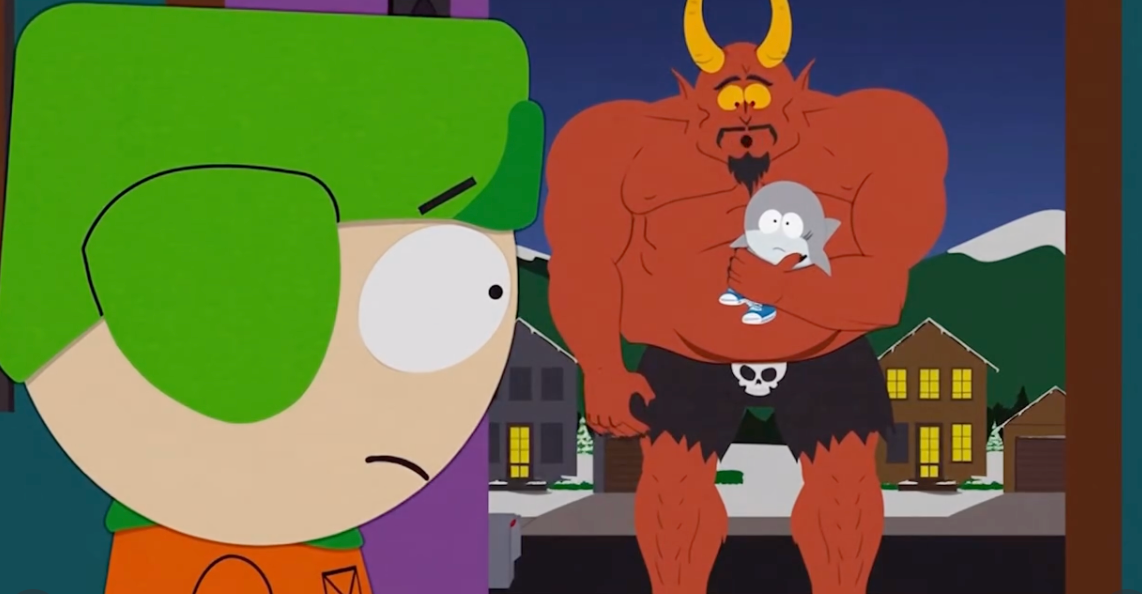
A new Christmas-themed episode of South Park is scheduled to air with a central plot in which Satan is depicted as preparing for the birth of an Antichrist figure. The premise extends a season-long narrative arc that has involved Satan, Donald Trump, and apocalyptic rhetoric, positioning this holiday episode as a culmination of those storylines rather than a stand‑alone concept.
Episode premise and season context
According to published synopses and entertainment coverage, the episode frames the Antichrist as part of a fictional storyline that blends religious symbolism with commentary on politics, media, and cultural fear. This follows earlier Season 28 episodes that introduced ideas about Trump fathering an Antichrist child and tech billionaire Peter Thiel obsessing over prophecy and end‑times narratives. The Christmas setting is presented as a contrast to the darker themes, reflecting the series’ pattern of pairing holiday imagery with controversial subject matter.
Public and political reactions
Coverage notes that some figures connected to Donald Trump’s political orbit have criticized the season’s portrayal of Trump and his allies, describing the show as relying on shock tactics rather than substantive critique. Commentators highlight that these objections are directed more at the depiction of real political figures and the show’s tone than at the specific theology of the Antichrist storyline.
At the time of reporting, there have not been widely reported, detailed statements from major religious leaders focused solely on this Christmas episode, though religion-focused criticism of South Park in general has a long history.
Media and cultural commentary
Entertainment outlets such as The Hollywood Reporter, Entertainment Weekly, Forbes, Slate, and USA Today describe the Antichrist arc as part of South Park’s ongoing use of Trump-era and tech-world politics as material for satire.
Viewer guidance and content advisory
South Park is rated TV‑MA and is intended for adult audiences due to strong language, explicit themes, and frequent use of religious and political satire. Viewers who are sensitive to depictions of Satan, the Antichrist, or parodies involving real political figures may find this episode particularly objectionable, while others may view it as consistent with the show’s long‑running approach to controversial topics. As with previous episodes, individual responses are likely to vary widely, and the episode is best understood as part of an ongoing satirical series rather than a factual or theological statement.
Entertainment
Sydney Sweeney Finally Confronts the Plastic Surgery Rumors

Sydney Sweeney has decided she is finished watching strangers on the internet treat her face like a forensic project. After years of side‑by‑side screenshots, “then vs now” TikToks, and long comment threads wondering what work she has supposedly had done, the actor is now addressing the plastic surgery rumors directly—and using them to say something larger about how women are looked at in Hollywood and online.
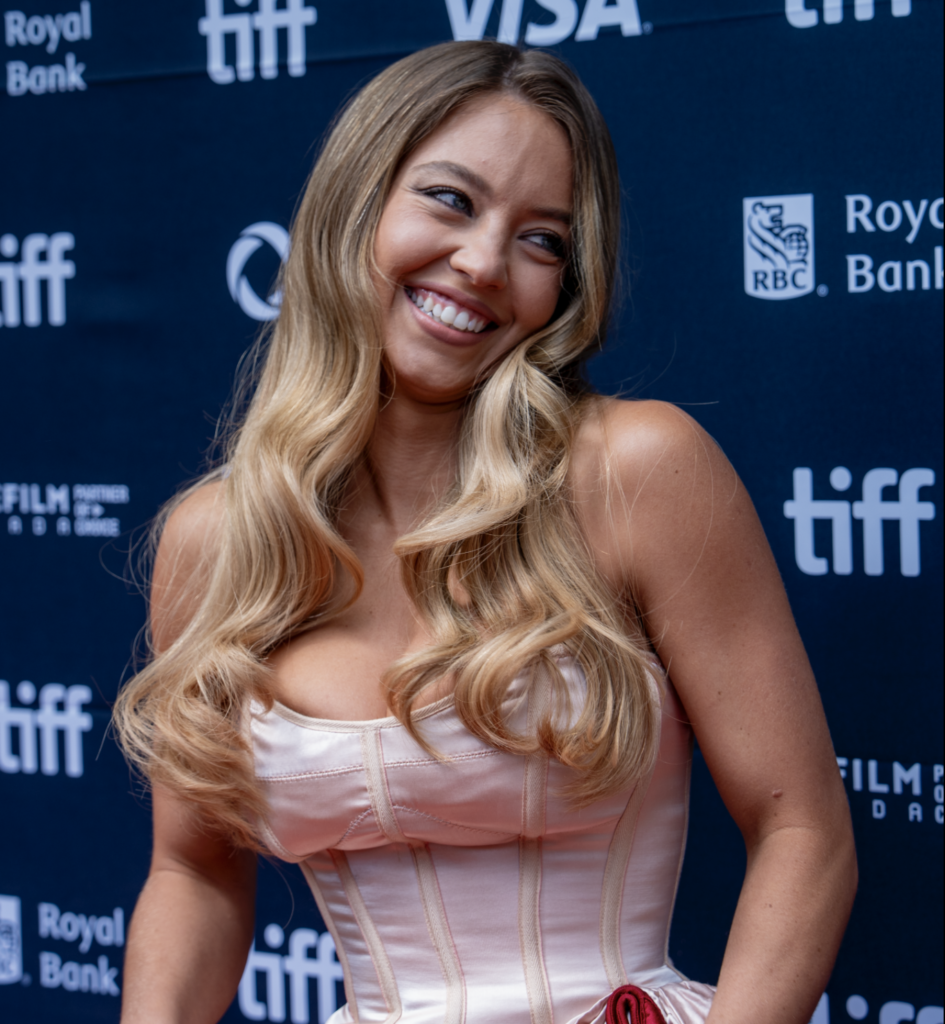
Growing Up on Camera vs. “Before and After” Culture
Sweeney points out that people are often mistaking normal changes for procedures: she grew up on camera, her roles now come with big‑budget glam teams, and her body has shifted as she has trained, aged, and worked nonstop. Yet every new red‑carpet photo gets folded into a narrative that assumes surgeons, not time, are responsible. Rather than walking through a checklist of what is “real,” she emphasizes how bizarre it is that internet detectives comb through pores, noses, and jawlines as if they are owed an explanation for every contour of a woman’s face.
The Real Problem Isn’t Her Face
By speaking up, Sweeney is redirecting the conversation away from her features and toward the culture that obsesses over them.
She argues that the real issue isn’t whether an actress has had work done, but why audiences feel so entitled to dissect her body as public property in the first place.
For her, the constant speculation is less about curiosity and more about control—another way to tell women what they should look like and punish them when they do not fit. In calling out that dynamic, Sweeney isn’t just defending herself; she is forcing fans and followers to ask why tearing apart someone else’s appearance has become such a popular form of entertainment.

 Entertainment2 weeks ago
Entertainment2 weeks agoWicked Sequel Disappoints Fans: Audience Verdict on For Good

 News3 weeks ago
News3 weeks agoYolanda Adams Questions Traditional Views on God’s Gender, Audience Reacts

 Entertainment2 weeks ago
Entertainment2 weeks agoAriana & Cynthia Say They’re in a ‘Non‑Demi Curious, Semi‑Binary’ Relationship… WTF Does That Even Mean?

 News3 weeks ago
News3 weeks agoEpstein Files to Be Declassified After Trump Order

 News4 weeks ago
News4 weeks agoTrump Throws Epstein Files at Clinton’s Door

 Entertainment4 weeks ago
Entertainment4 weeks agoAriana Grande’s Red Carpet: When Fans Forget Boundaries

 Entertainment3 weeks ago
Entertainment3 weeks agoHollywood’s Kiss or Miss Policy: Why Saying No Got Neal McDonough Blackballed

 Entertainment3 weeks ago
Entertainment3 weeks agoJimmy Cliff, Reggae Legend and Star of ‘The Harder They Come,’ Dies at 81

